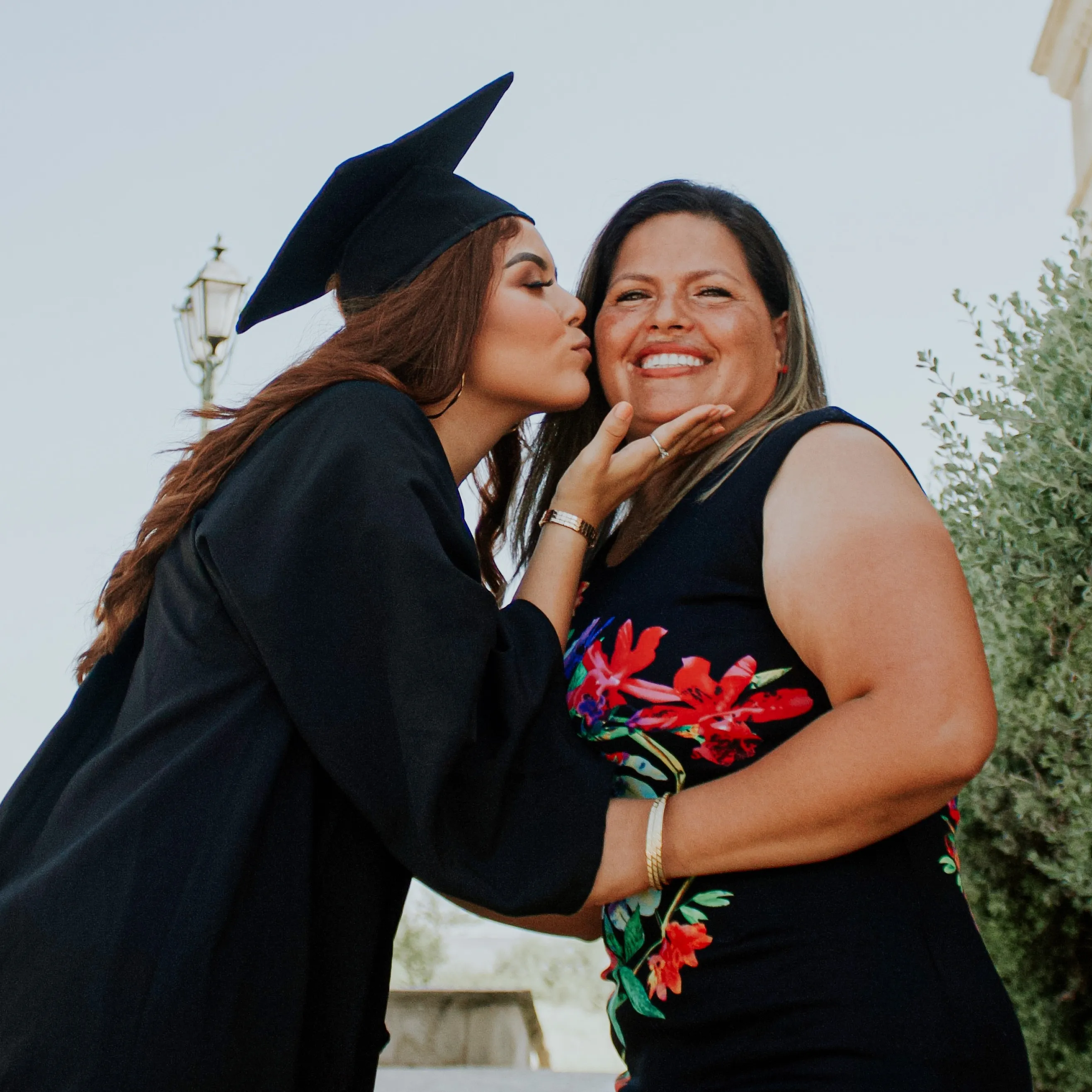Learning multiplication facts can be very difficult for many children, and can pose a problem for parents trying to help them learn, who may have forgotten how they themselves learned. Nonetheless, a firm understanding of multiplication facts is crucial to a child’s ability to easily pick up later math skills which will build on these foundations.
Using a tutor is a great resource for students to learn multiplication facts. Tutors can offer direct instruction in a one-on-one virtual setting and can give feedback after each session. Visit learner.com to learn more about how a tutor can help children learn a variety of math topics, including multiplication facts.
What Is a Multiplication Fact?
Multiplication facts are taught in most public schools to children between second and third grade, though some students in gifted courses may learn multiplication facts sooner. As students move forward in their education, they will need to use the skills they’ve learned in more advanced ways.
Even if students learn these facts in elementary school, they will continue to use multiplication facts in high school. It’s important for students to learn these facts, because they may not always have a calculator nearby. Some students may easily memorize multiplication facts, but teachers will provide ways for students to understand multiplication.
What is Fact Family Multiplication?
Some teachers may teach their students something called fact family multiplication. This is a tool that helps students understand the relationship between numbers when performing multiplication. Fact family multiplication is a set of four facts that use the same three numbers. A fact family has two multiplication facts and two division facts. Multiplication facts used in a family math problems use the same three numbers with the two multiplication facts having the same value or same answer. This is only one of the strategies that teachers use in the classroom to teach multiplication facts.

How to Teach Multiplication Facts
There are many different techniques to teach multiplication facts, and it should be kept in mind that none are intended to be a catch-all approach. Different children learn in different ways, and what might seem easy to one child can be very difficult for another. One of the most important things you can do to help teach your child multiplication facts is to remain encouraging and open throughout the process. If one technique doesn’t seem to be working, experiment with others until you find something that clicks with your child.
A Classic Method To Teach Multiplication Facts
One of the classic ways to begin to teach multiplication facts is to draw up a simple multiplication table. Multiplication tables give your child an easy visual aid, and something to study to look for patterns. Most people have seen a multiplication table at some point, but if you haven’t, it’s quite simple to make one. Learning multiplication tables requires a few steps.
First make a grid, then write each number from one to whatever you are going up to — ten or twelve are good numbers to start with — along the top, and then do the same down the left side. Now write the products of each combination along the axis. So in the 2s row, for example, you would have 2, 4, 6, 8, 10, 12, 14, 16, 18, 20, 22, and 24. This table will be a valuable resource for your child, and having them actually write it out themselves with your assistance may help them further, as writing things down aids many people in retaining information.
Skip Counting to Teach Multiplication Facts
Another way to teach multiplication facts is to treat each row of that multiplication table as an entire set in and of itself. People often refer to this technique as “count skipping”, and it can be a great way for your child to familiarize themselves with multiples in more manageable chunks. For example, learning the 5s row would be a matter of learning the numbers 5, 10, 15, 20, 25, 30, 35, 40, 45, 50, 55, and 60. So rather than tackling the entire table, your child would first learn that 5 x 5 is 25, and that 5 x 8 is 40, and so on for each product.
Teaching With Songs
These sorts of sets can be set to a tune, for an even more effective way to teach multiplication facts. Schoolhouse Rock has a popular multiplication song, but you can feel free to come up with your own tune to set the times tables to. Many children find things set to music are much easier to remember than things learned by reading or hearing as normal words. A tune gives the information a context for the child to grasp on to when trying to remember, and can be that extra boost the child needs for their multiplication facts to click into place.
Finding Patterns When Multiplying
Analyzing patterns and looking for interesting shortcuts is another good tactic for learning multiplication facts. Many children find learning their multiples of five particularly easy, because they alternate ending in a five and a zero. Others like multiples of elevens, since they are very common-sense for smaller numbers, being so closely related to multiples of ten.
Understanding that multiples of nine increase by one in the ten’s place and decrease by one in the one’s place in each column of the times table is another example of this sort of pattern finding. There are many, many small patterns like this, and encouraging your child to play with their multiplication table to find out some on their own can work wonders in learning multiplication facts.
Misconceptions About How to Learn Multiplication
Multiplication tables, skip counting, and multiplication problems are all familiar ways that kids learn how to multiply. But some parents might feel that they don’t want their children to simply memorize multiplication facts, but a lot of multiplication includes memorizing.
Just as young children memorize sight words when learning to read, students can benefit from memorizing facts to improve their knowledge of multiplication. Because kids learn in different ways, teachers will likely teach kids an array of techniques, including learning how to skip count, to multiply numbers.
Another thing to keep in mind is that many students will not learn multiplication in second and third grade and will never use it again. Many students will go on to use multiplication, addition, subtraction, division, and other operations in more advanced math classes. So it is important to encourage students to practice multiplication and perhaps make math fun by playing a multiplication game every so often.
Students may also benefit from real life applications of math. Parents and teachers can relate multiplication back to real-life scenarios or objects, like fruit or toys. This could be a fun way for students to solve for a multiplication answer. It might also be a good idea to start out by using flashcards and avoiding random numbers. Teaching multiplication can be tough, but it’s important to remain persistent.
Be Persistent
The most important thing is to not give up. Everyone learns at their own pace, and in their own way. Although your child may struggle for a time, if you persevere and continue working to find the appropriate technique to teach them, the day will come when they have that first big breakthrough, and from then on things will seem to flow much more easily, and before you know it they will have a great understanding of basic multiplication facts. While it may not always be easy for every student to learn math, there are ways to help.
How Learner Tutors Can Help
Tutoring is an excellent way to provide students with resources to thrive in their academic pursuits, regardless of the subject. Tutors help students who are struggling with topics or students who need to feel challenged in their classwork. Learner tutors help students in many subjects, including reading, writing, math, and test prep. Learner tutors are not only knowledgeable in specific subjects, but they also know how to best help their students grasp concepts.
Learner tutors, after working with a child one-on-one, will understand the best way individual students learn multiplication. While not everyone will know how to explain multiplication to a kid, tutors can do this very well, no matter the student’s age group or academic level. Learner tutors can help in a number of ways, but especially by adapting to the specific needs of individual students. Learner tutors also recognize and utilize many different techniques to teach multiplication facts.
Looking for private one-on-one math tutoring? Speak with our academic advisor to get custom matched with your online math tutor today!









